Costa Rica is one of the countries in the world with the most abundant biological species, with nearly 5% of the global species. Nearly 30% of the country's territory is national parks or nature reserves, and the national forest coverage rate reaches 52.38%. The coast of the country is a plain, and the central part is separated by rugged mountains. The climate is tropical and subtropical. From April to December is the rainy season, and from December to the following April is the dry season. The central valley area has a pleasant climate, with temperatures ranging from 15-26 ℃. Moreover, the country has more than 200 volcanoes, and the volcanic ash gives the soil rich minerals. Coupled with the moderate and suitable temperature and abundant rainfall, the country's agriculture is developed and is an important global exporter of pineapples, bananas, and coffee.
Coffee Producing Areas
There are a total of seven coffee-producing areas in Costa Rica, namely: Western Valley (Valley Central Occidental), Central Valley (Valley Central), Tarrazu, Tres Rios, Orosi, Brunca, and Turrialba. These producing areas are almost all distributed on the central mountains.
Central Valley: The Central Valley producing area is the earliest coffee-producing area in Costa Rica and is also the core of the country's coffee industry, accounting for about 15% of the total output. The central valley has an altitude of 1,200 to 1,600 meters and a tropical plateau climate with an annual precipitation of 3,000 mm and a relatively more pleasant temperature. The coffee production season is from November to the following March. There are three high-altitude volcanoes within the production area, Irazu, Barva, and Poas. The coffee plantations near these three volcanoes provide fertile volcanic ash soil rich in minerals and have excellent coffee growing geographical and climatic conditions.
Western Valley (Valley Central Occidental): The Western Valley is located on the moderately sloping hills of the central mountains, with a planting altitude of 1,000 to 1,200 meters and a production volume accounting for 25% of the country. There are two volcanoes on the east and west sides respectively, so there is fertile volcanic soil. Because it is close to the coastline and is blown by the Pacific air flow, the temperature is pleasant, with an annual average humidity of up to 81%, and the rainfall is also abundant. However, the rainy season and dry season are clearly dry and wet, and the dry season has sufficient sunlight. So this producing area can use the sun-drying method for drying (other areas mainly rely on machine drying). The coffee production season is from November to the following March.
Tres Rios: Tres Rios is the smallest coffee-producing area in Costa Rica, with an altitude of 1,000-16,000 meters. Like the Central Valley, it has the Irazu volcano to provide a fertile soil environment in the three-river area. The three-river area produces many world-famous coffees and is called the "Bordeaux" of the coffee producing area by coffee lovers. The production season is from December to the following March.
Orosi: The Orosi is produced at an altitude of 900 to 1,200 meters, located in the narrow valley to the east of San Jose. It has a hundred years of history of growing coffee. The coffee production season is from September to December.
Brunca: The planting altitude of Brunca is 800 to 1,200 meters. The flavor of the coffee is relatively ordinary compared to the famous producing areas, but it is also an important producing area in Costa Rica. The production season is from August to the following January, and the coffee output accounts for 20% of the total national output.
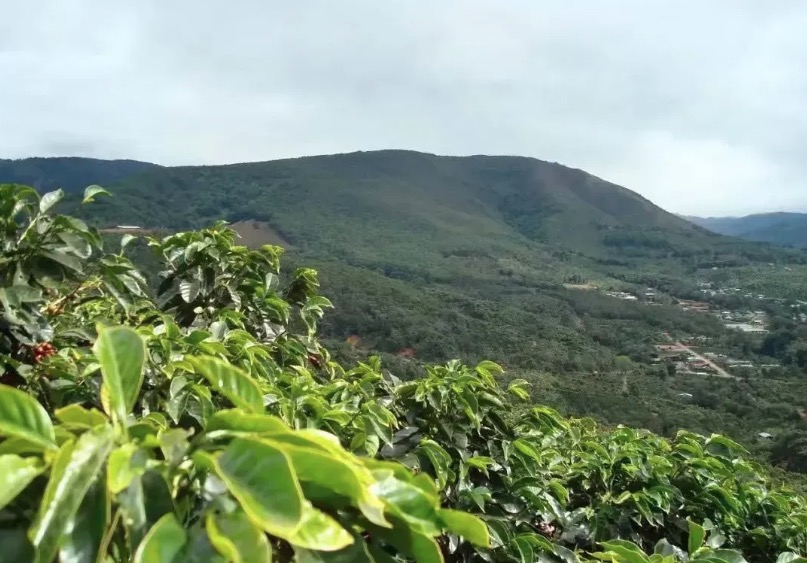
Turrialba: The altitude of the Turrialba producing area is 600 to 900 meters. The two seasons of dry and wet here are not very distinct, and the coffee trees will have multiple flower periods, which greatly affects the picking of the coffee. Such geographical conditions and climate are not an ideal level for developing plantations, so high-quality coffee in this area is rare.
Tarrazu: The Tarrazu producing area is located in the south of the capital of Costa Rica, San Jose. It is the most famous producing area in Costa Rica and also one of the world's major coffee producing areas, accounting for 35% of the country's total coffee output. The altitude of the Tarrazu producing area is 1,200 to 1,900 meters. It is a humid climate with abundant precipitation. The nearby volcanoes also provide肥沃 volcanic ash soil here. It is a uniquely blessed coffee growing area, and the coffee production season is from November to March of the following year. Currently, Qianjie Coffee has a variety of Costa Rican coffee beans. The coffee beans such as Mozart, Bach, strawberry sugar, and Costa Rica's entry-level selected coffee beans all come from the Tarrazu producing area.
Catutta, Catuai
Catutta is a variant of Bourbon and was discovered in a plantation in the Minas Gerais state of Brazil from 1915 to 1918. The name Catutta comes from the Guarani language, which means "small". On the coffee plant, the leaf color is green, the berries are tightly grouped, the distance between the leaf nodes is shorter, the fruits are mainly red, and the size of the coffee beans is average, oval-shaped, but relatively slightly larger than Catuai, and the overall tree shape is relatively short, so it can be planted densely and has a higher yield, but its production cycle is shorter than other variants and is suitable for high-altitude planting, but it is easily affected by leaf rust, nematodes, and berry diseases.
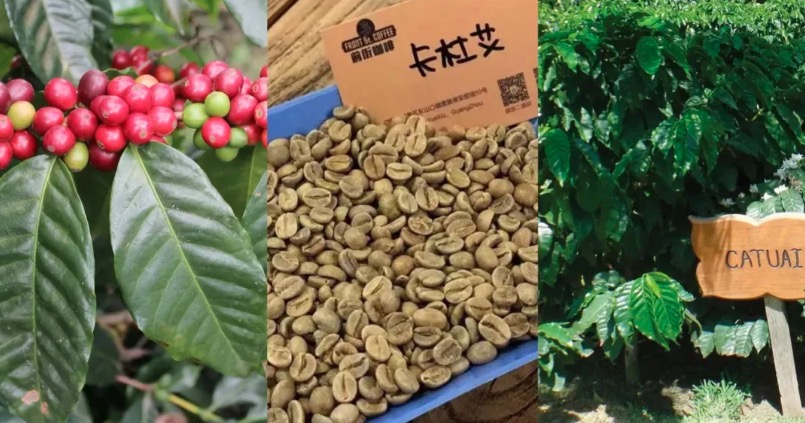
The Catuai variety was made by the Sao Paulo Agricultural College (IAC) in Campinas, Brazil. It is a hybrid variety between the New World Mundo Novo and the Catutta Caturra. On the Catuai coffee tree plant, similar to Catutta, the branches are relatively small, the leaf color is green with slightly curly, the fruits are closely spaced, the fruits are mainly red, the size of the coffee beans is average, oval-shaped, but relatively smaller than Catutta, and the overall tree shape is relatively short, so it can be planted densely. The yield is good, suitable for high-altitude planting, but it is easily affected by leaf rust, nematodes, and berry diseases.

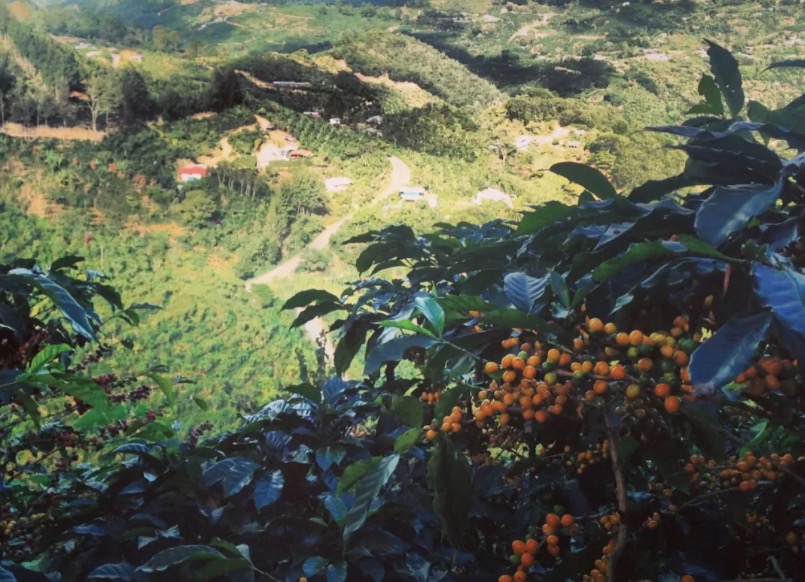
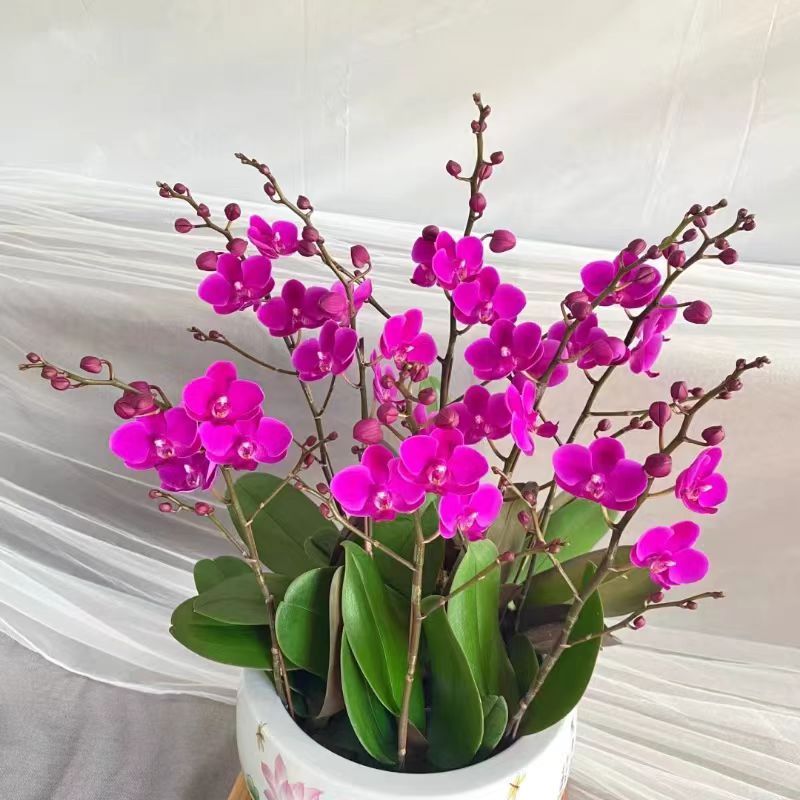

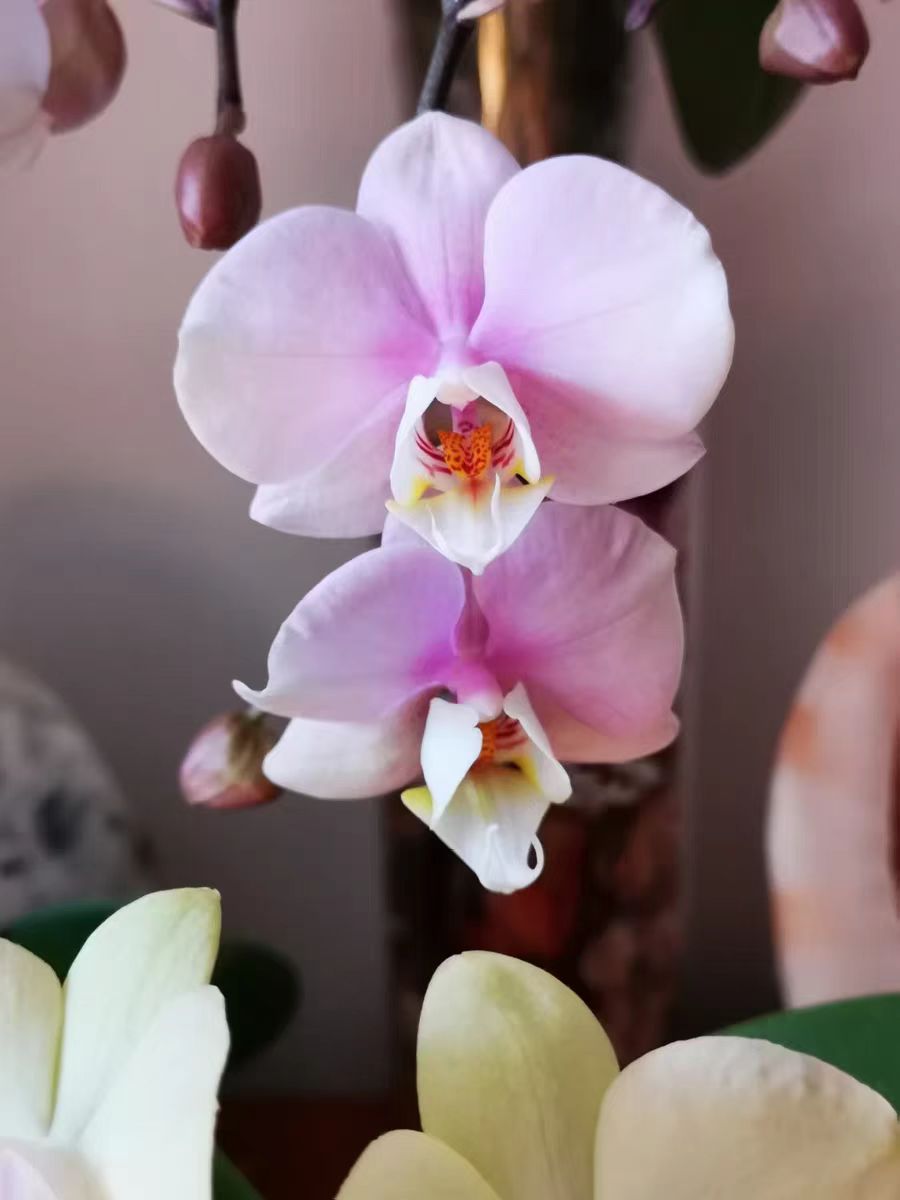
Leave a Reply